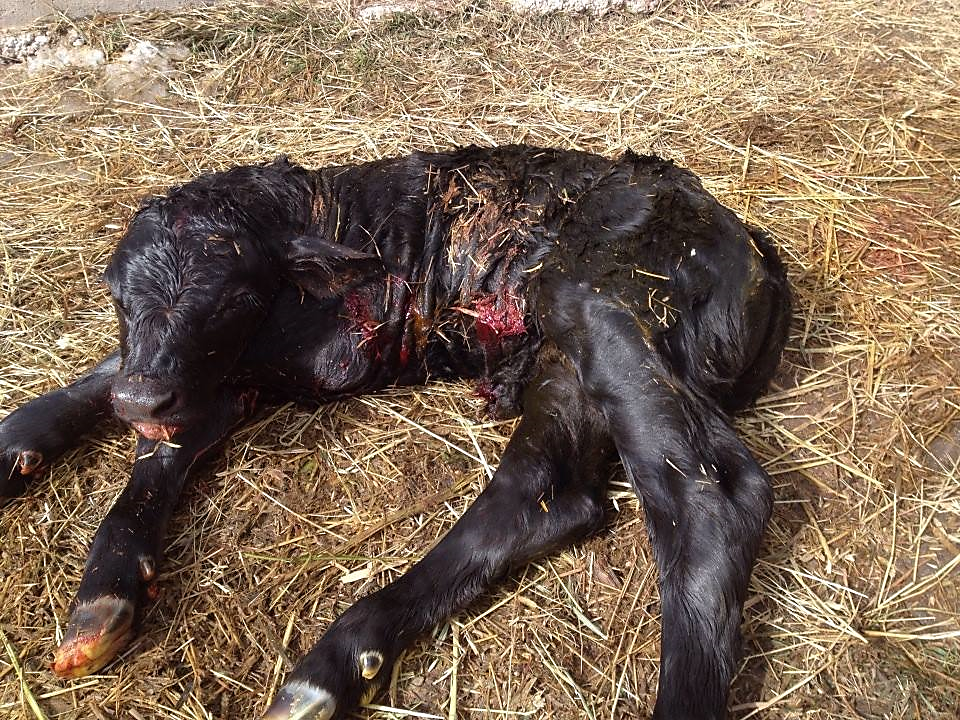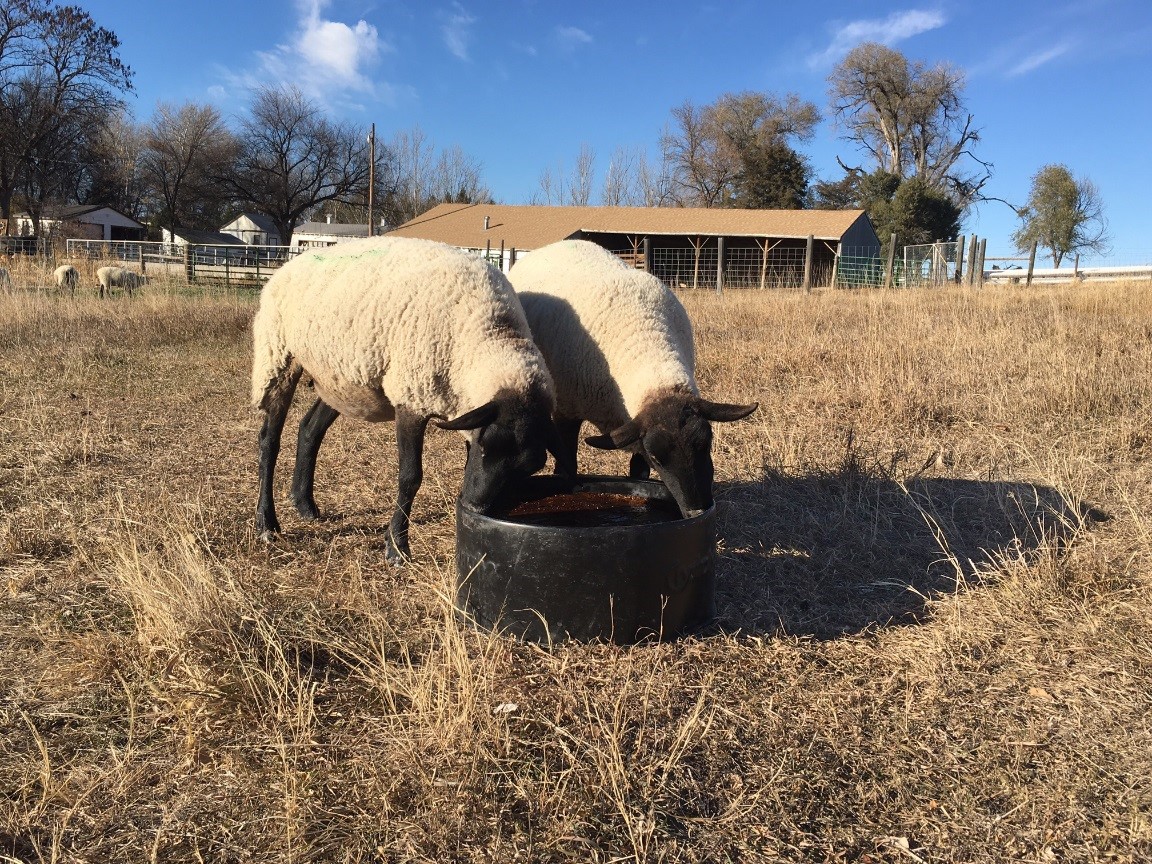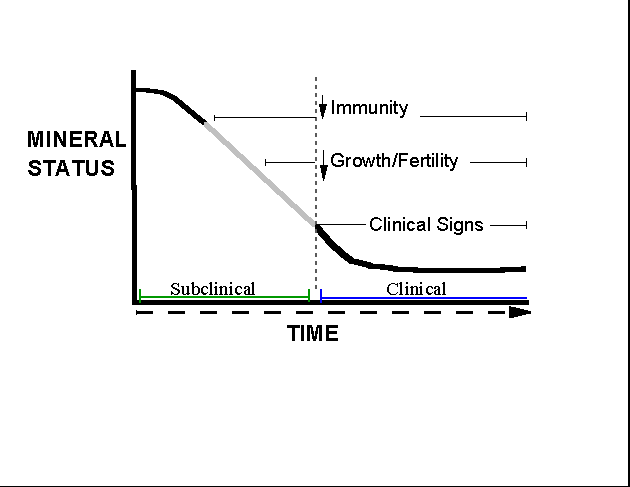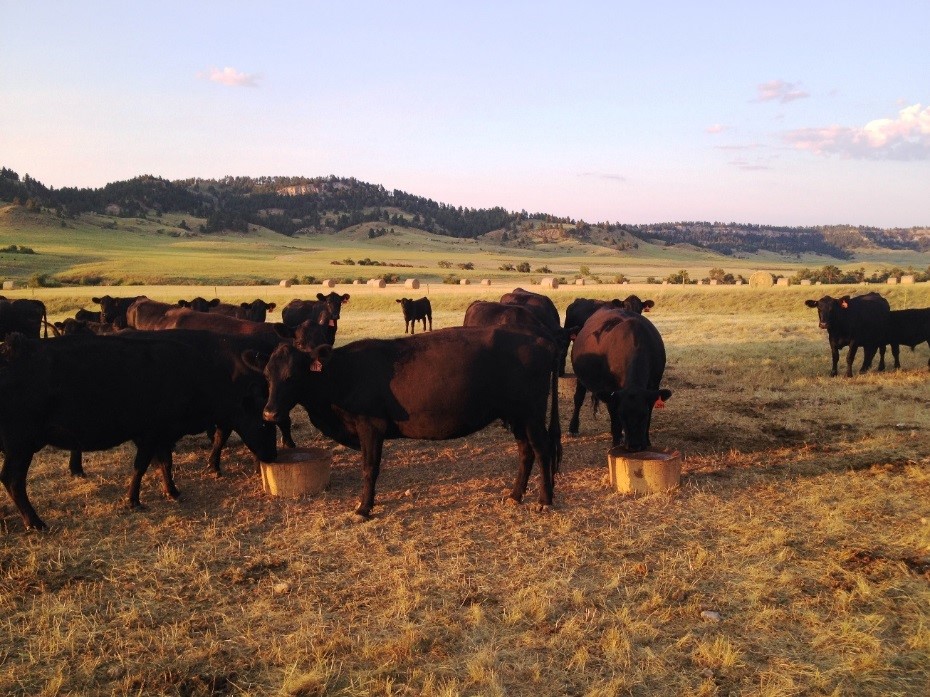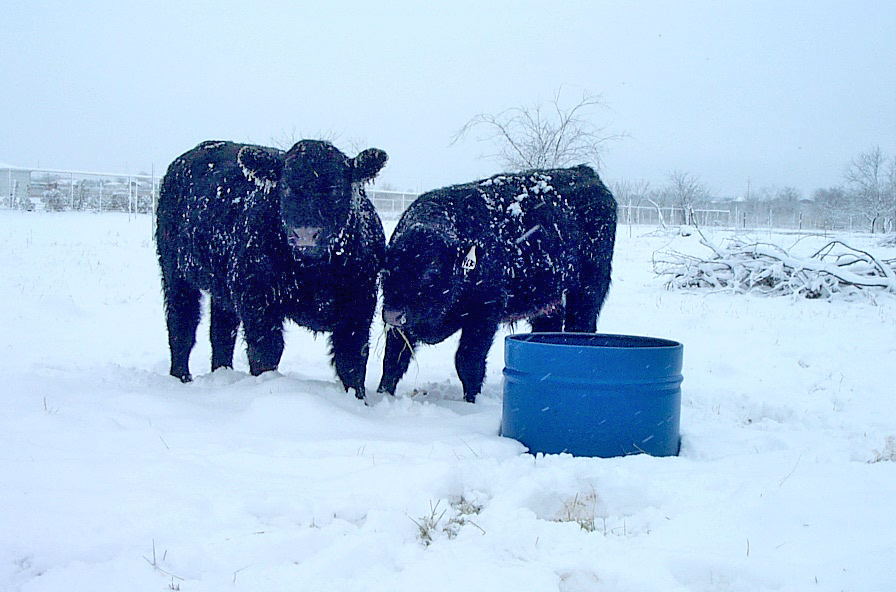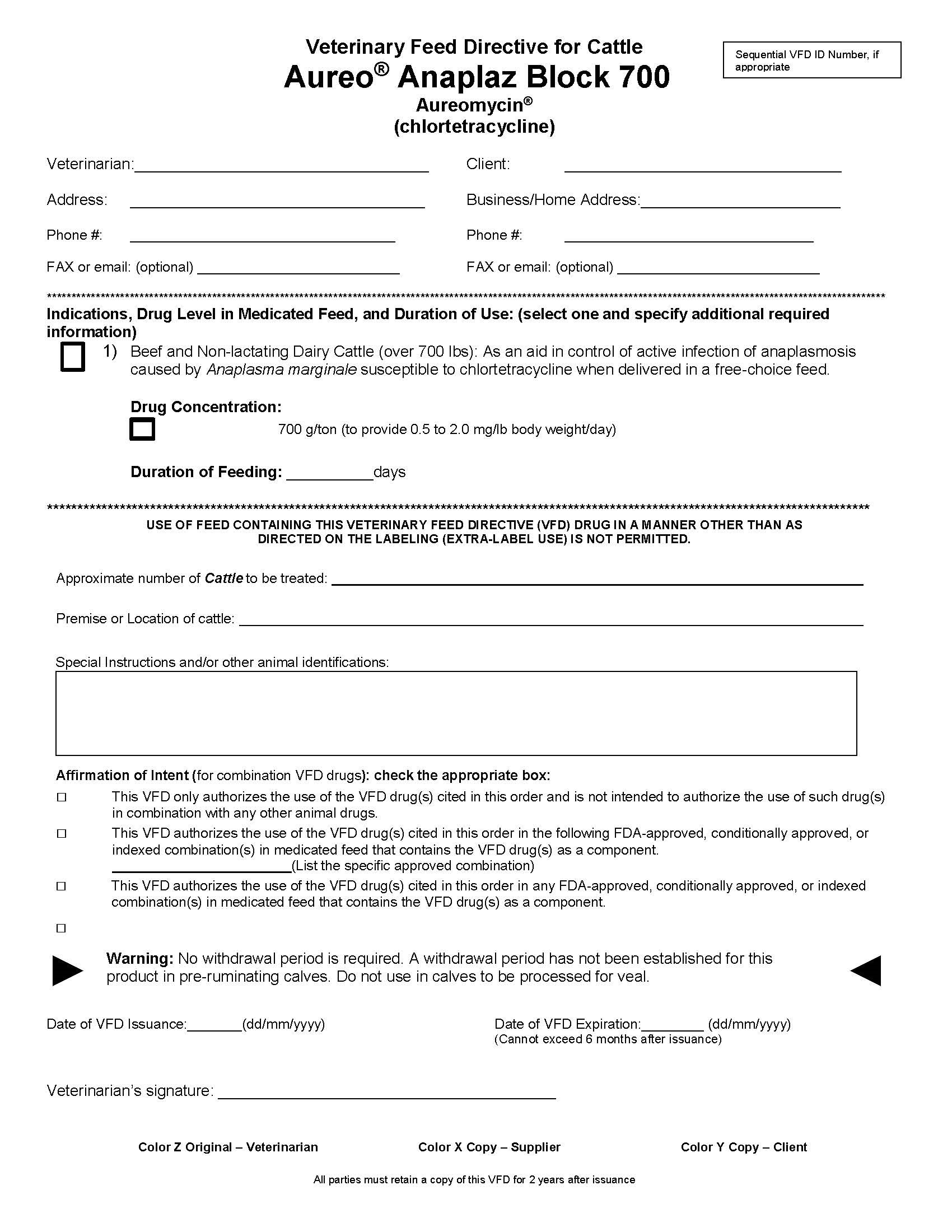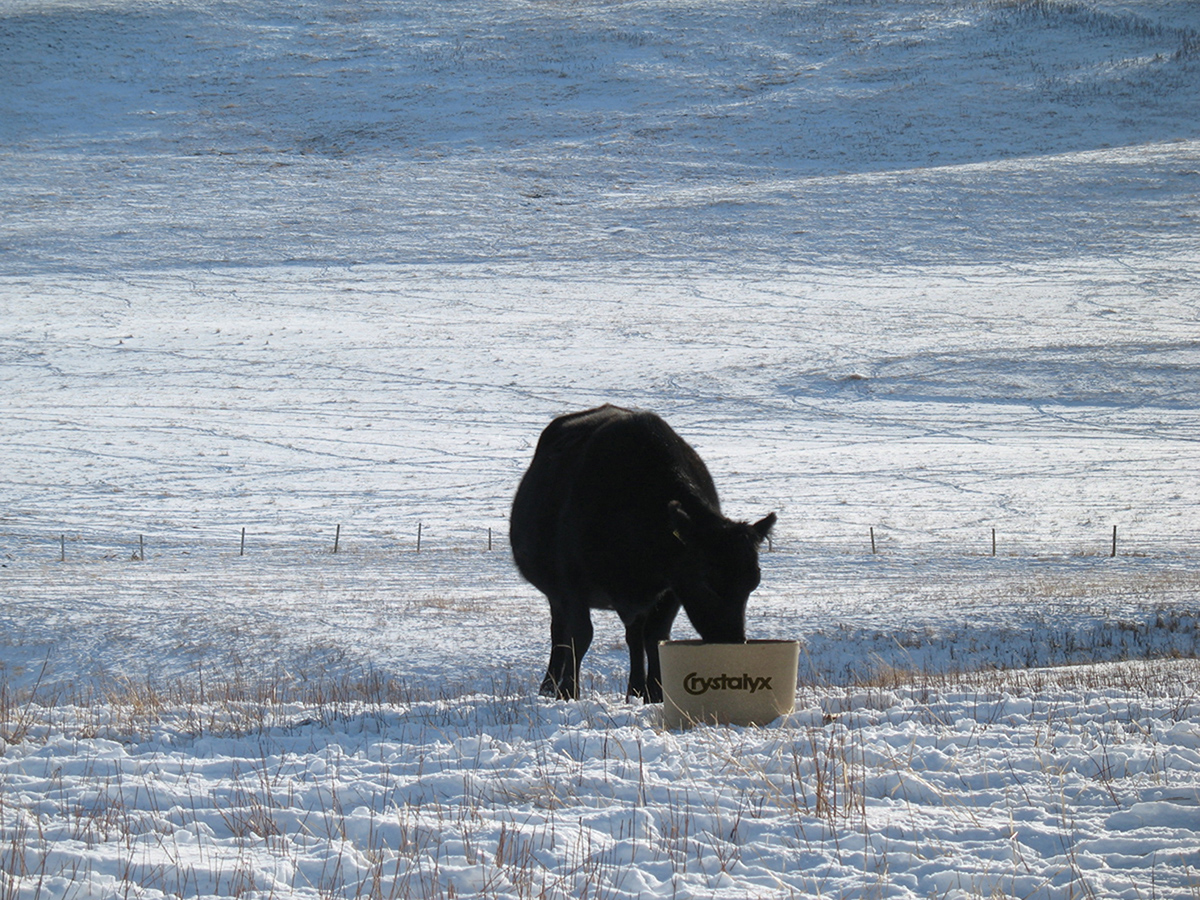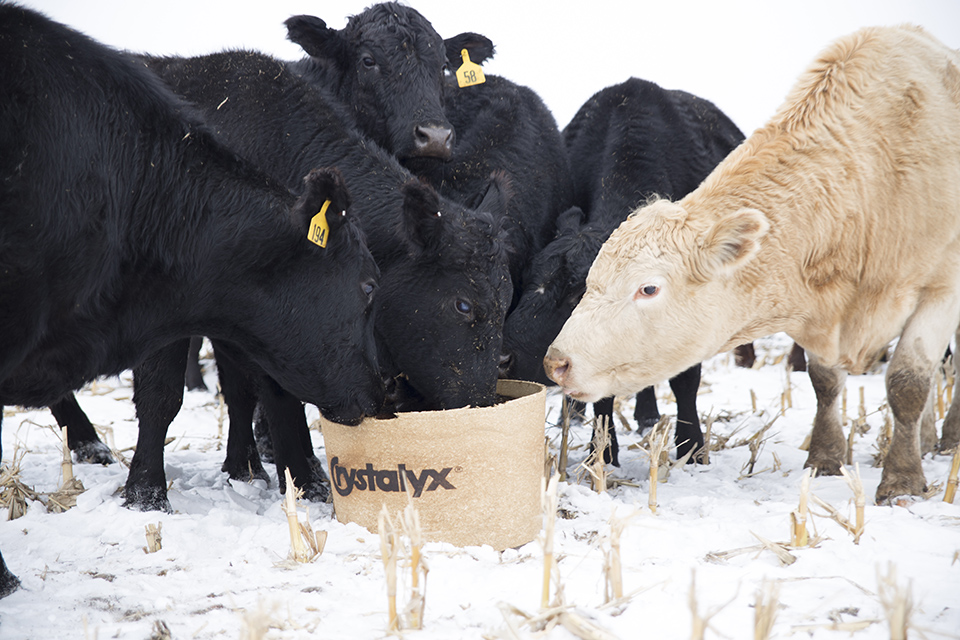As a popular pizza chain states, better ingredients make all the difference. The same can be said for our cattle. We need to give them the proper nutritional building blocks to allow them to perform as desired. As we are heading toward calving season, we need to think about making sure that our cows have the best supplements to deliver the nutrients necessary to birth and rear a healthy calf.
CRYSTALYX Sheep-lyx and sheep programs
Just over a year ago, CRYSTALYX® made some formulation and name changes with several products. Two of our small ruminant products, Sheep-lyx® and Goat-Lyx®, went through some of the largest upgrades and changes. These changes were for the good, enhancing an already good product line. CRYSTALYX® is promoted as a program based supplement, and we’ve learned over the years that the best fortified products perform the best in a wide array of nutritional programs. This is true for our small ruminant products as well.
Maximize nutrition during calving
Change is in the air. That was one of the themes of the meetings I attended while at the Black Hills Stock Show this past week. Change with markets, change with the administration in Washington, DC and it can seem that uncertainty is the new normal. However, we can be certain of one thing, proper nutrition and supplementation of your cattle herd is more important than is has ever been. With the cattle markets down, it can be tempting to look for places to cut costs. Nutrition should never be on that list, here’s why.
Continuing the convenience and cost savings of CRYSTALYX supplement programs
CRYSTALYX® Brand Supplements offers a wide range of product options that economically deliver nutrients and additives to your cattle. The consistent and predictable intake control is the primary means of controlling cost. However, a big part of the economical delivery is due to reduced labor, reduced time invested, and NO need for additional equipment. The “barrel” is the feeding equipment.
Beef replacement heifers on track for breeding
Replacement heifers are your future cow herd and contribute yearly to the advancement of your genetics along with a significant impact on profitability. Genetics, nutritional development, health programs and breeding management will ultimately define your cow herd. Get them right and they will provide you years of successful returns to your cow-calf operation.
Time for CRYSTALYX Breed-Up products
The two most critical times of the year for proper trace mineral and vitamin supplementation in your beef cow herd are, prior to calving, and prior to breeding.
Veterinary feed directive rules are here
Veterinary Feed Directive (VFD) rules took effect January 1, 2017. Some of you may have gone to your local feed store to purchase a medicated feed or medicated supplement, only to be told that they could not sell it to you without your VFD paperwork.
Getting a good start with CRYSTALYX nutrition in 2017
Several previous blogs by my colleagues and me in 2016, stressed the importance of nutrition in late pregnancy, winter, post calving and breeding periods. For a cow that will be calving in the next 90 days, the next 6 months will be the most nutrient demanding months for her this year.
4 words for 2017
As 2016 comes to a close, we can look back and wish for the golden days of the cattle market, or we can look to what’s just beyond the horizon. We all know what good looking back does, so here are a few words/concepts to consider as we enter a new year, a new market cycle, new rules on feeding cattle and a new administration.
Winter conditions and increasing nutrient demand in late gestation
Many parts of the country are experiencing cold winter conditions with some areas receiving snow and the coldest temperature of the year. It takes more time and effort to get regular chores completed. In addition, we need to push snow, pull out stuck vehicles, break ice and thaw frozen water pipes. When you consider the extra energy that humans need, it helps put our cattle’s nutrient requirements into prospective.
